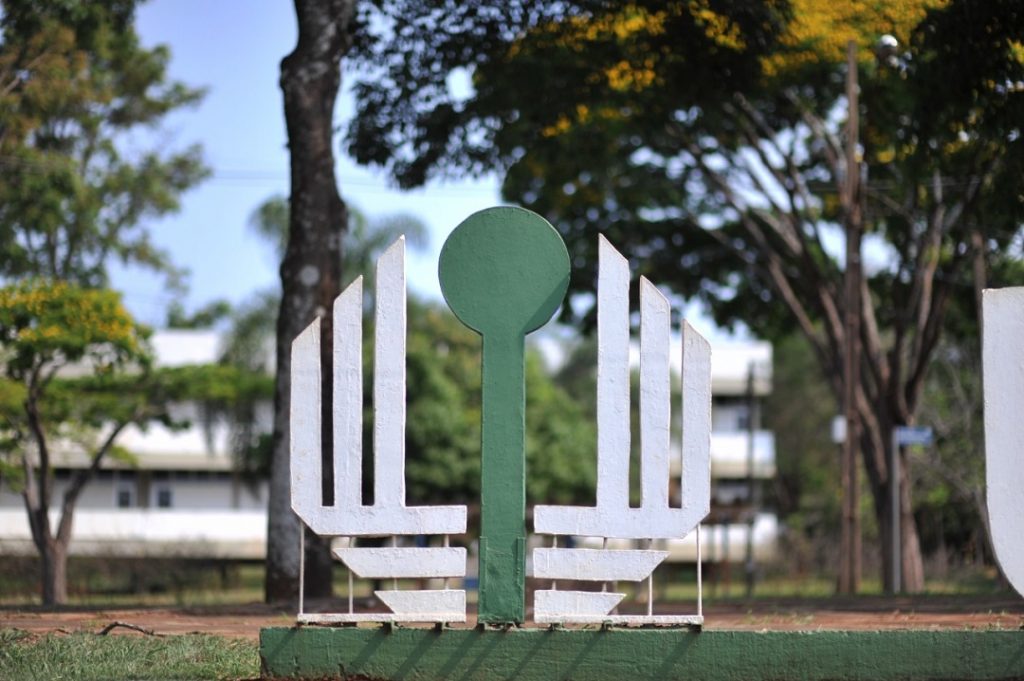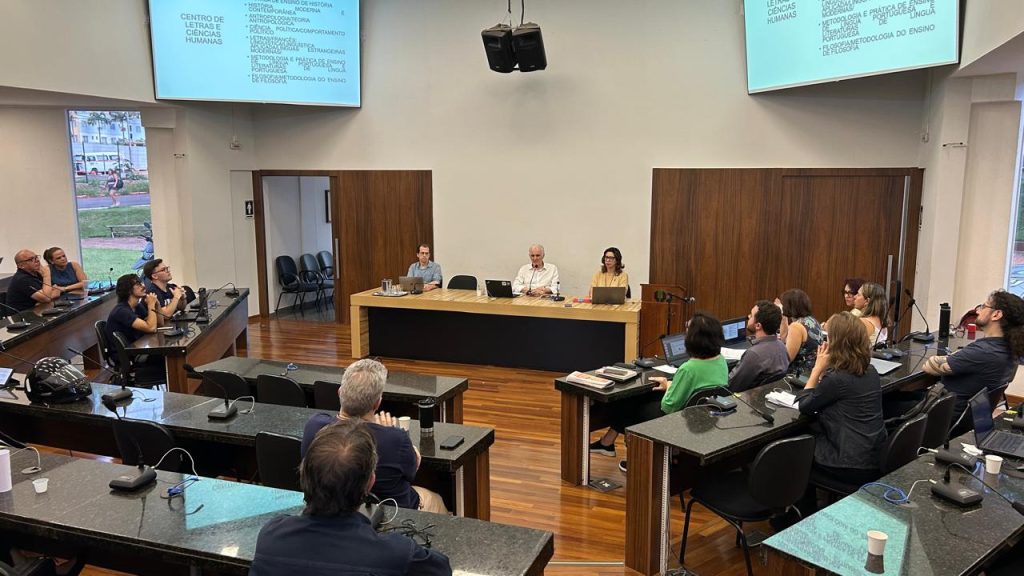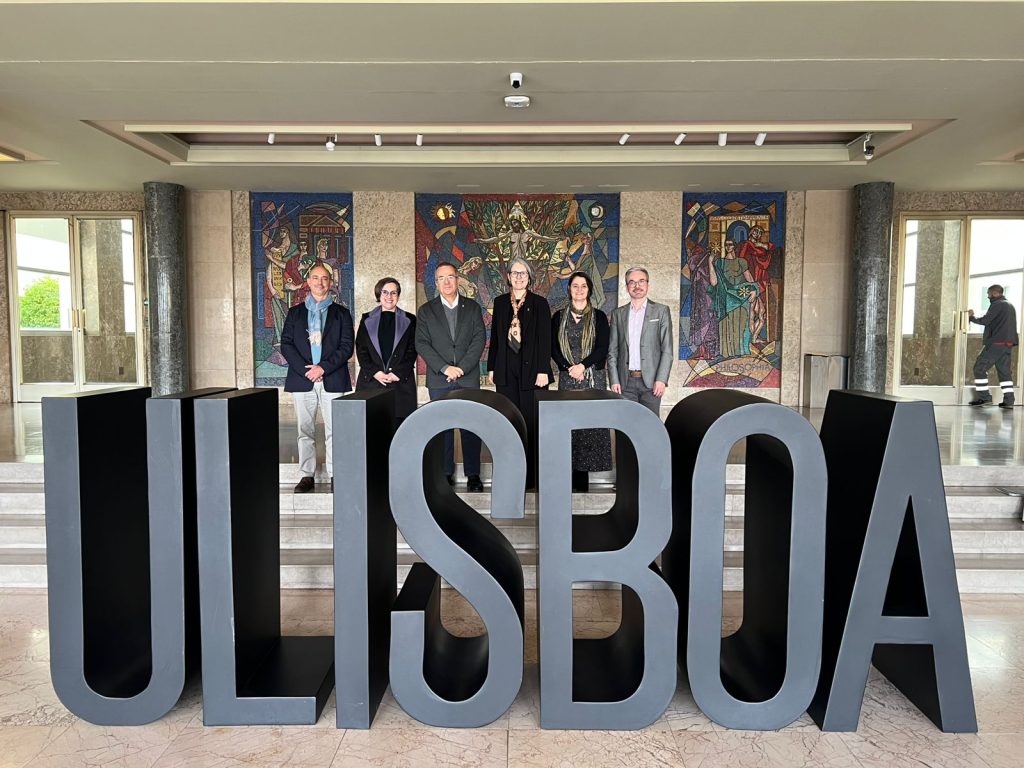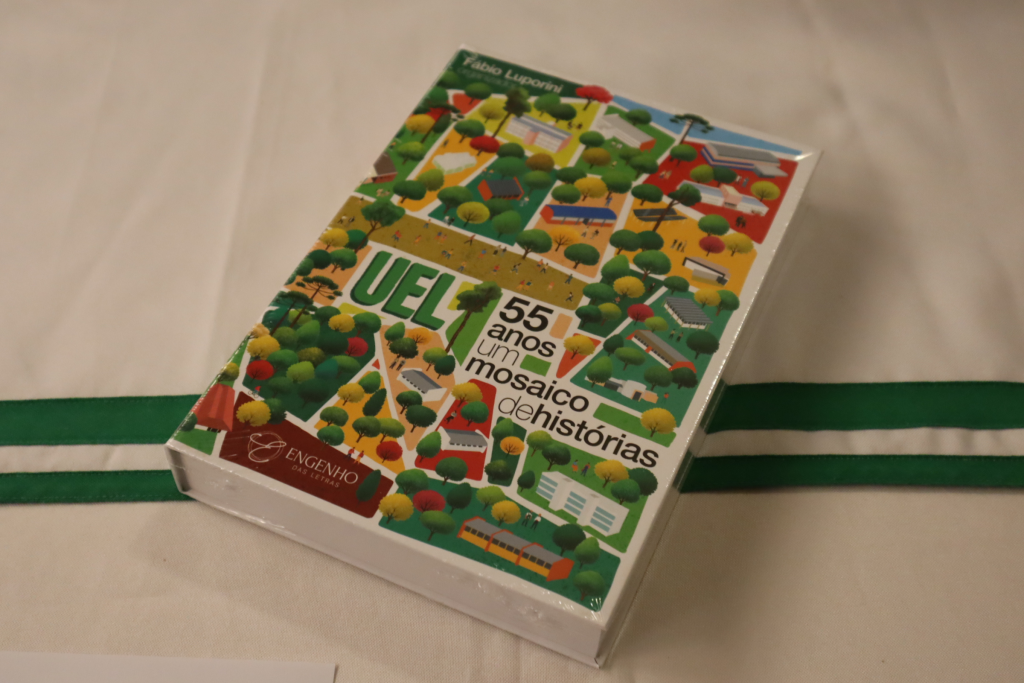[EN] On Earth as it is in space
[EN] On Earth as it is in space
Matéria originalmente publicada em português na edição nº1422 do Jornal Notícia. Traduzida pela equipe do Paraná Fala Inglês (PFI).Having a 23-year career at UEL, Professor Marcelo Carvalho Tosin (Electrical Engineering Department) has been involved in research related to the Brazilian aerospace program for two decades. It all started with the awarding of two grants from the Brazilian Space Agency (AEB) in 2003, for the development of research in microgravity, i.e. zero gravity – a condition that doesn’t necessarily require a space flight but can be simulated.
Since 2016, the researcher, a postdoctoral fellow at the Aeronautics and Space Institute (IAE), has been coordinating the project “Development of a HIL (Hardware In the Loop) simulation for the validation of a method for estimating the attitude of the VSB-30 probe vehicle”. In other words, this involves simulating changes in positioning or movements (attitudes) throughout its flight, which can reach altitudes of over 100 km.
The HIL simulator was designed for the development of the instrument called MEMS experiment (e-MEMS), which uses microelectromechanical sensors (MEMS) – gyrometers, magnetometers, and accelerometers, commonly used in cars and cell phones. This simulator comprises two main components: a simulation computer, for real-time data generation and collection during experimental testing; and a three-dimensional Helmholtz coil, capable of generating an environment with controlled magnetic fields to which the experiment is exposed.
The idea sounds complicated, but imagine this scenario: airplanes, cars, medical equipment, and even a video game need to work without fail. To test them before having to build them, manufacturers develop prototypes fed with data generated by algorithms that simulate their behavior under certain conditions of use. In this way, HIL simulation saves resources, tests the reliability of the design, and prevents destructive tests – for example, it would be very expensive or almost impossible to test all the systems that make up an airplane in flight. “Placing these systems in a simulation environment that is fed back with their responses allows us to verify their correct operation in the most diverse operating conditions,” explains the researcher.
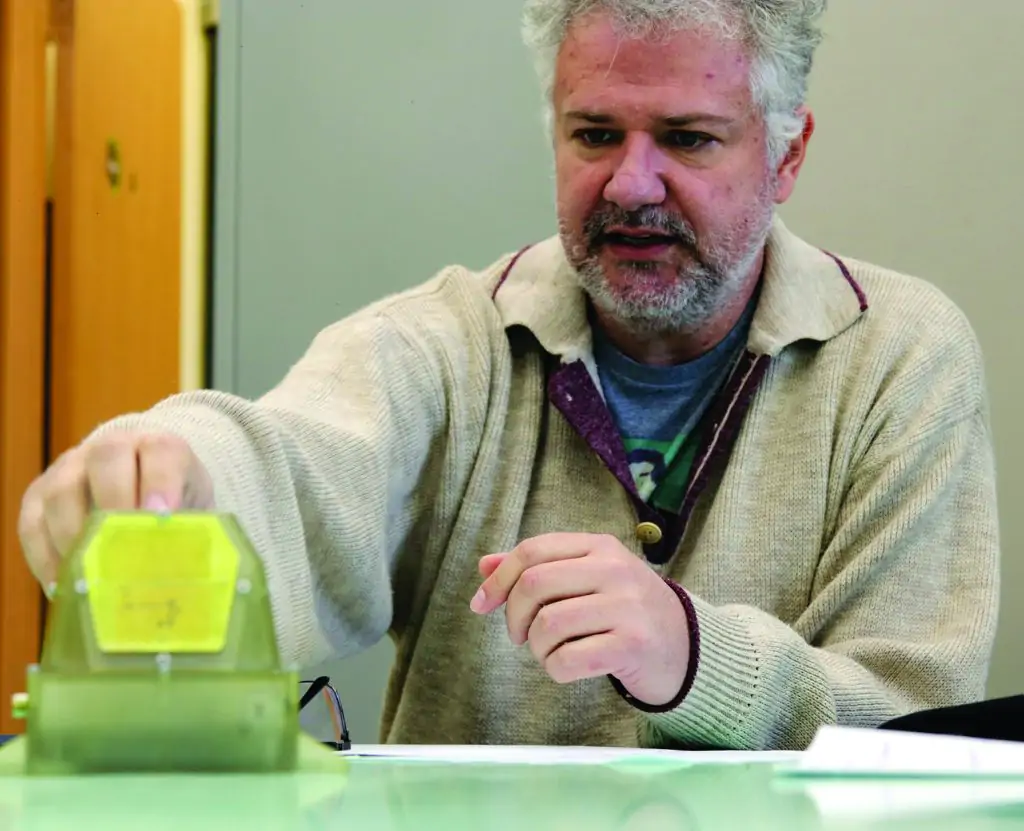
Sensors
In this case, Professor Marcelo is researching the efficiency of sensors and algorithms for determining the attitude (orientation) in a rocket, specifically the VSB-30, which can reach an altitude of 200km. The vehicle aims to place scientific experiments in a simulated zero-gravity environment. So, at a certain point, the vehicle reaches zero gravity, and the tests begin, lasting no more than a few minutes, until it begins to fall under the gravitational action.
The VSB-30 is a Brazilian space rocket developed by IAE, with its inaugural flight taking place in 2004. It is a two-stage rocket that measures nearly 13 meters in length, can carry a payload of up to 400kg, and surpasses Mach 6 (6 times the speed of sound). The VSB-30 rockets are launched from the base located in Natal (RN) or Alcântara (MA), where the experiments carried out by UEL researchers took place in 2016. This rocket is exported to Europe, carrying out test flights in microgravity at the Esrange base, located in the Arctic Circle.
The project coordinated by Professor Marcelo aims precisely to validate the algorithms tested in the HIL environment, using gyrometers, accelerometers, and magnetometers to estimate the attitude (orientation) of this rocket’s launch, i.e. the duration of the VSB-30’s flight. The gyrometers, for example, provide information on speed and angular position. “This is how we know if the satellite hasn’t ‘tipped over’,” says the professor. The other sensors help to improve the estimation of angular position, reducing the inherent errors of the gyrometers. In other words, the data from the sensors is “fused” to obtain the vehicle’s attitude.
The researcher recalls that building an instrument to fly on a sounding rocket is a great challenge, as it is a very hostile environment, with great temperature variation and intense vibrations. Fortunately, these obstacles have been overcome. However other challenges, such as the reliance on gyrometers’ readings on the vehicle’s acceleration, remain the subjects of study and significantly influence the accuracy of the calculated attitude. This is what the UEL project adresses
The orientation or attitude of a system is crucial for certain space applications. For example, the cameras on a satellite must be directed at a predetermined position to obtain the desired images of Earth. One can imagine that pinpoint accuracy in aiming or orienting the James Webb Space Telescope to capture images of a certain point in the depth of the universe must be very high. On Earth, this knowledge would allow us to know, for example, in which direction a truck driver is steering their vehicle (perhaps off course?), or even if a car has stopped to refuel or due to an accident resulting in a rollover.
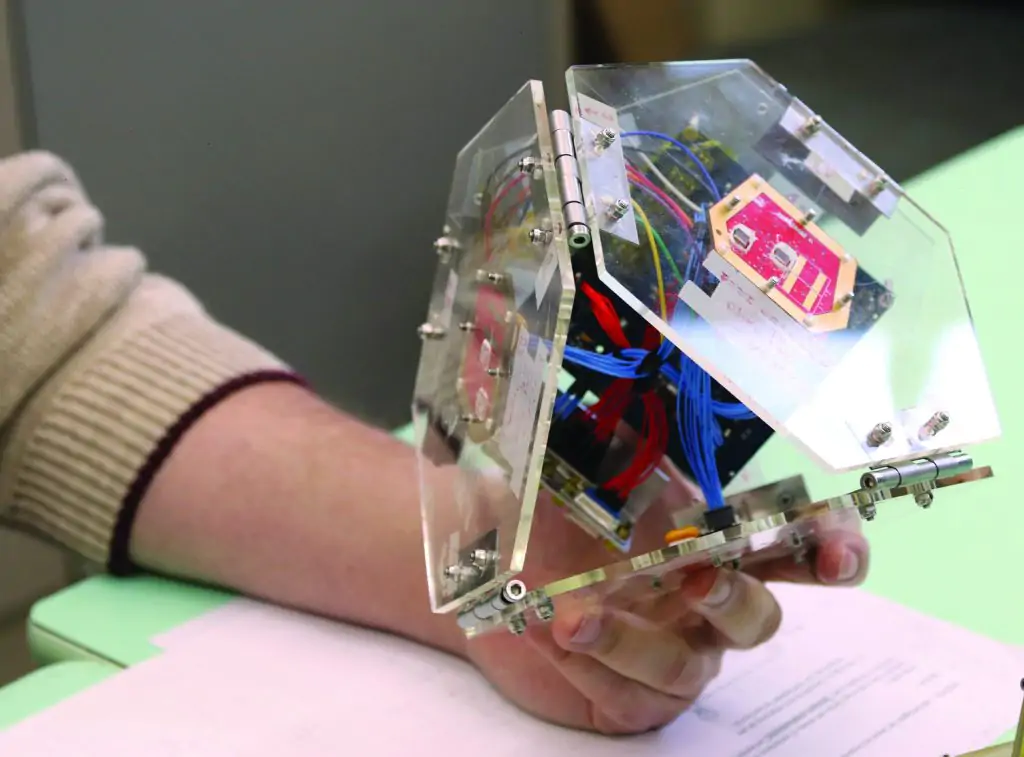
The project compares data from previous experiments, such as tests carried out in 2016 during the launch campaign known as Operation Rio Verde, with HIL simulations. In fact, there will be another launch later this year, according to Marcelo Tosin. He explains that, despite the pandemic, updates to the MEMs experiment were still possible, allowing the project to continue”. The coordinator notes that much of the previous data needed processing, but the models have improved, providing greater precision and resolution. According to the researcher, the flight version of the e-MEMS was built using a 3-D printer and made with alternative, non-magnetic materials, such as plastic, aluminum, and even MDF, precisely so that magnetic fields don’t interfere with the readings.
Academic production
In addition to developing equipment and obtaining data for the AEB, the project has produced a wide range of academic output. It has already resulted in presentations at scientific events, the publication of articles, Scientific Initiation (undergraduate) work, two Master’s dissertations, and a Doctoral thesis. Currently, it involves two additional professors, Francisco Granziera Júnior and Daniel Strufaldi Batista. In fact, according to the coordinator, the project has expanded to include the study of sensor calibration, especially magnetometers.
Tradução: Raquel Prete. Revisão: Ana Paula Luiz do Santos Aires. Supervisão: Fernanda Machado Brener. Programa Paraná Fala Inglês (PFI).
Matéria originalmente publicada em português na edição nº 1422 do Jornal Notícia: Assim na Terra como no espaço.

